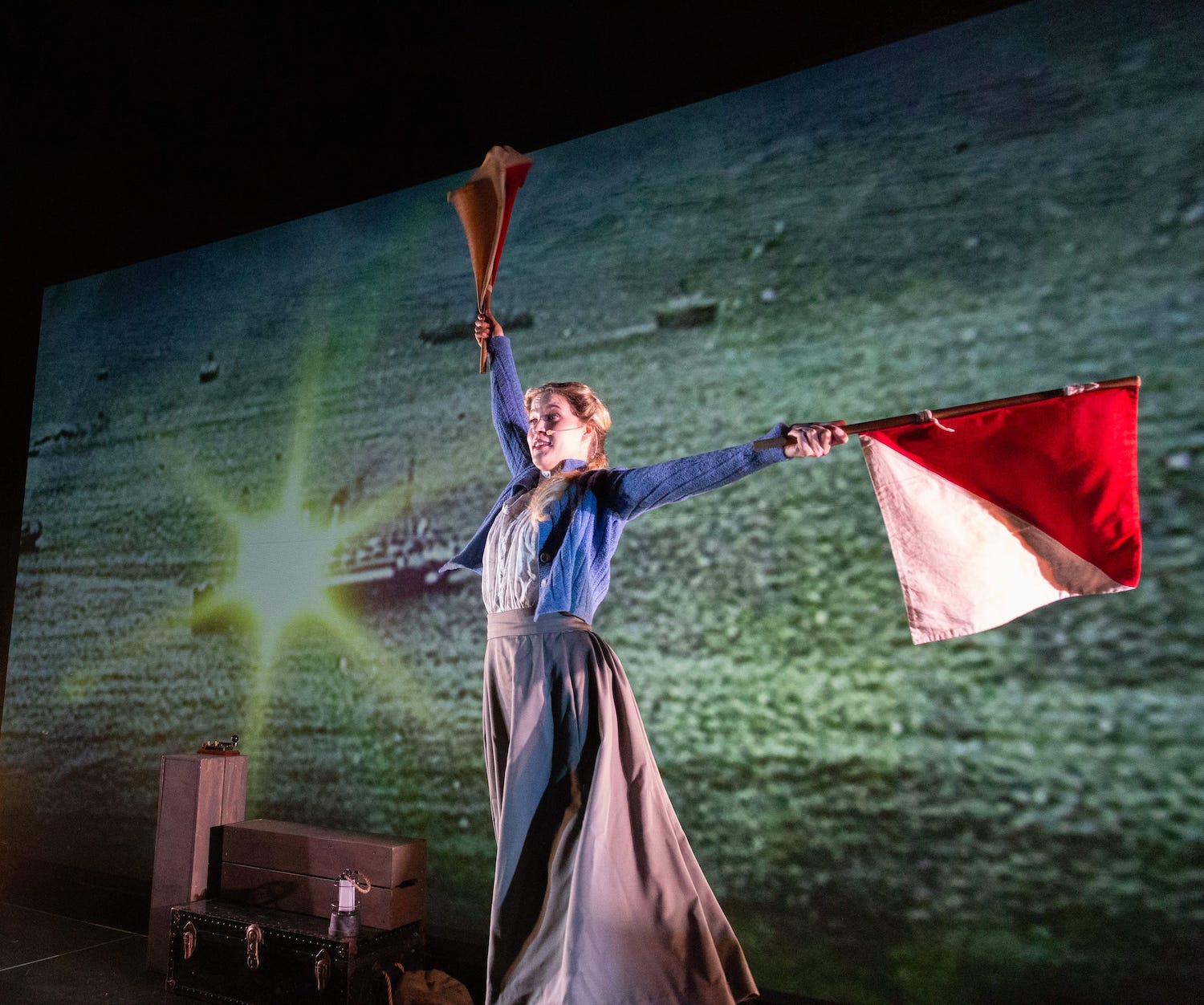Climate scientists and others endeavouring to catalyse the change needed for our planet to be liveable into the future, face a dilemma. They must report the truth – measurements of increasing CO2 in the atmosphere, record-breaking temperatures, increasing severe weather events, heating seas and melting icecaps.
The predictions associated with a future without urgent action to reduce carbon emissions are downright frightening.
“We are on a fast track to disaster,” Secretary General of the United Nations, António Guterres warned when the latest IPCC (Intergovernmental Panel on Climate Change) report was released in April.
Understanding the reality should, in a logical world, lead to appropriate action. On the other hand, fear can be immobilising. When we awake each day to images of communities facing unprecedented (but not unpredicted) bushfires and floods, and know that without urgent action these events will continue to become more frequent and increasingly severe, we can be plunged into helpless anxiety rather than galvanised to action.
Thankfully there is another, parallel, story. As a member of the Australian team contributing to the IPCC report, Peter Newman AO, Professor of Sustainability at Curtin University, knows more than most people about the science. However he also has something that most of us lack – a helicopter view of the hopeful side of global action.
He visited Margaret River in July to talk about what the latest IPCC report and the recent Federal election may mean for south west WA. His talk was full of hope and made me realise that even those of us who regularly follow climate news may be unaware of the enormous progress being made.
“How long have we been talking about this stuff?”’ Professor Newman said. “Now it’s changing. Ordinary people are concerned and the politics is shifting. The technological options are now cheaper and more effective than fossil fuel. The world has altered significantly in the last decade: the geopolitics is shifting.”
Professor Newman pointed to the tension between hope and despair before giving us some inspirational examples of actions ranging across business, industry, energy and the community.
“The federal election changed Australia’s political landscape, with Labor promising an increased level of commitment together with the rise of the Greens and Teals – independent candidates who ran on a strong climate platform.” he said. ‘
“However many of the good news stories arise from sectors outside government – mining, agriculture and the financial sector. The world of finance is committed to net zero. Climate Action 100+ is a website of finance companies and banks showing $170 trillion dollars available only to projects that can demonstrate that they are net zero and enhance the sustainable development goals. This is the next economy.”
Net zero transport is one major way that we can contribute to reducing our carbon emissions.
“Electric vehicles are going to replace every form of transport,” he predicted. “The big mining companies are getting on with net zero. Electric freight trains and trucks with batteries are replacing diesel, for example Fortescue Metal’s Infinity train.”
Integrated net zero urban development is another key approach.
Net zero means balancing the amount of greenhouse gases being released into the atmosphere with the amount being removed and stored in carbon sinks including soil and vegetation. Integrated net zero makes use of some amazing developing technology that seems like a sci fi future to older folk.
The tech enables seamless integration of innovations in transport, solar energy, water supplies and waste disposal, creating a smart city that is a carbon sink. Professor Newman showed us images of cities that are being transformed into green oases – so much better for those living there as well as helping to achieve net zero.
So what might our future look like in south west WA as we move towards net zero?
“It’s all about local place,” Professor Newman said. “WA has the sunshine, space and primary products needed for the next economy. But it’s not just about technology and resources. The key is regenerative net zero development. That means repair of the soils, the biodiversity as well as the atmosphere. It needs different solutions for each part of the state which brings people and their communities into the centre of the story.
“The agenda now is wild, bringing nature into the picture, and respecting and adopting indigenous practices to care for country. Net zero must include place-making otherwise it won’t work.”
He outlined examples of how these integrated, regenerative approaches are showing how the future is emerging such as Witchcliffe EcoVillage, WGV and projects by Hesperia.
The picture he painted, and the examples of the accelerating rate of change being brought about by young, innovative people around the world, gave me the first real hope for the future that I’ve felt in the last decade.
We need to share the good news stories widely, share the hope, and give our young people the assurance they need that a better future is not only possible, it’s happening.






























